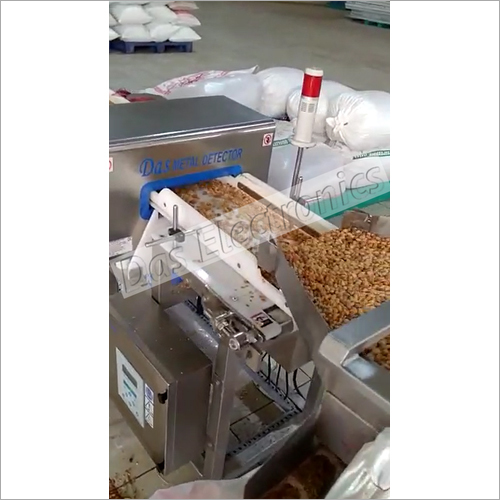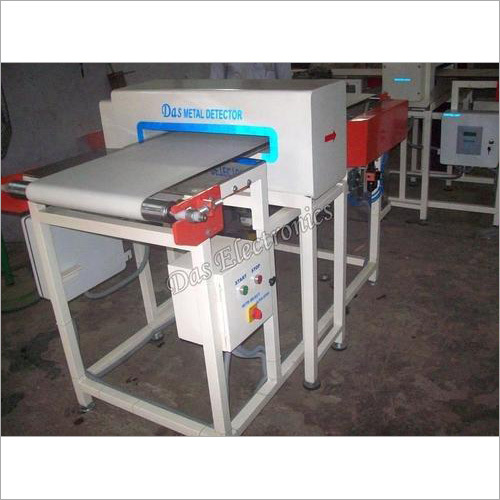Showroom
Use our superior quality Industrial Metal Detectors which are easy to install and designed for exceptional reliability and intuitive operation. They are applicable in pharmaceutical, food, chemical, glass, aggregate, minerals processing, plastics & rubber industries.
Use our Metal Detecting Systems which are suitable for food, beverage, pharmaceutical, textile, garment, chemicals, plastics and packaging industries. They are featured by accurate, user-friendly versatile metal detectors, low cost maintenance & increased profitability, easy to use, clean & maintain and intuitive operation, improved sensitivity and high reliability.
We deal in wide range of Food X-Ray Inspection Systems which are easy to use, have perfect display, require less maintenance, easy to clean, etc. They find their applicability in food industries to check package integrity, etc.
We are a leading manufacturer of best quality Food Metal Detector used to ensure the safety and integrity of a wide range of bulk goods which are unpackaged, packaged, by identified metal contaminants during packaging process. In this way they help to ensure that metal do not enter food that we eat.
We are engaged in manufacturing of Garments Metal Detectors that are designed to be very sensitive, reliable and efficient. They are considered essential part of the apparel and textile production process. The offered products are reliable, have high sensitivity detection, are easy to use & maintain and ensure minimum downtime.
We deal in Pharmaceutical Metal Detectors which are very precisely designed & reliable in performance, very user friendly machine and easy to clean. They are used in Pharmaceutical industries which are made with stainless steel body. Also, some of the key features include very easy height and adjustment operations.
This range of Conveyor Metal Detectors is known for its touch screen based operation and long working life. Developed from 304SUS material, these metal detecting systems have high sensitivity level.
Offered range of Electronic Metal Detectors has IP65/IP55 protection rating. These AC power driven systems are capable of identifying presence of ferrous, non ferrous and stainless steel in various materials.
Provided range of cost effective Confectionery Metal Detectors have LED alarm facility, mechanical balancing arrangement and user friendly operating interface. These metal detectors can maintain 8 meter of detection distance.
This array of Missing Sachet Detectors has been developed as per GMP, FDA and HACCP norms. Featured with IP65 protection rating, these equipments can be accessed in various models to choose from.
This array of Jumbo Bag Metal Detectors is known for its multipurpose role. High automation degree, ability to maintain maximum 6 meter detection distance and long working life are their key aspects.
Wafer Metal Detectors are known for their stable operation and zero error level. These systems have LED based alarm, charging arrangement and various others standard accessories. Long service life is one of their key aspects.
Use our Pharma X-Ray Inspection Systems which are used in Pharmaceutical industries. They are featured by Imaginative outlines and best in class mechanics, completely measured interface & hardware, superior, easy to use programming and discovery of sullying in tablet strips, bottles and more.
A tablet deduster machine is one of the pharmaceutical machinery which is used to remove a layer of fine dust on the pharmaceutical tablets. The machine can be attached to a tablet press machine, so that it can continuously remove dust from freshly pressed tablets.
 |
DAS ELECTRONICS
All Rights Reserved.(Terms of Use) Developed and Managed by Infocom Network Private Limited. |


















